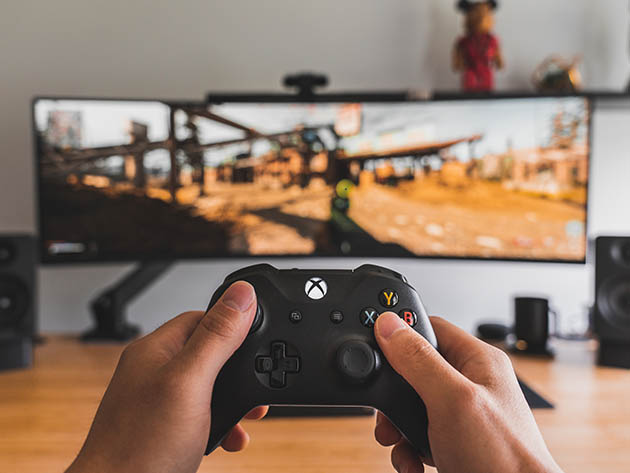Enter the World of Game Development & Create Your Own Games from Scratch with 27 Hours of Training
WebXR brings both VR and AR to the browser. The API has the massive forces of Google and Amazon behind it, so it looks like immersive experiences, using only a browser, will make a huge impact shortly. You’ll learn how easy it is in this course, using Three.JS to create VR and AR experiences. To get the best from the course, you will need to be comfortable with JavaScript coding. However, no other prerequisites are required. The course includes comprehensive resources and code examples. Each code example comes with two versions, one for you to code and another that is complete in case you hit a problem.
4.6/5 average rating:
★ ★ ★ ★
★ ★
Access 55 lectures & 4 hours of content 24/7
Easily create VR & AR apps that work in the browser
Use the ThreeJS library to create these apps
Handle controllers
Replace the controllers with custom models
Create architectural walk-throughs, games & training apps
Add an in world UI
Develop AR apps that support real world hit testing
Learn game VR techniques such as teleporting & interacting with models in the scene using controllers
SpecsImportant Details
Length of time users can access this course: lifetime
Access options: desktop & mobile
Redemption deadline: redeem your code within 30 days of purchase
Experience level required: intermediate
Have questions on how digital purchases work? Learn more here
Requirements
An intermediate level JavaScript ability is assumed


Reviews for The Beginner’s Guide to Game Development Bundle
Click Here to Read Reviews for The Beginner’s Guide to Game Development Bundle >> Click Here to Submit Reviews for The Beginner’s Guide to Game Development Bundle >>